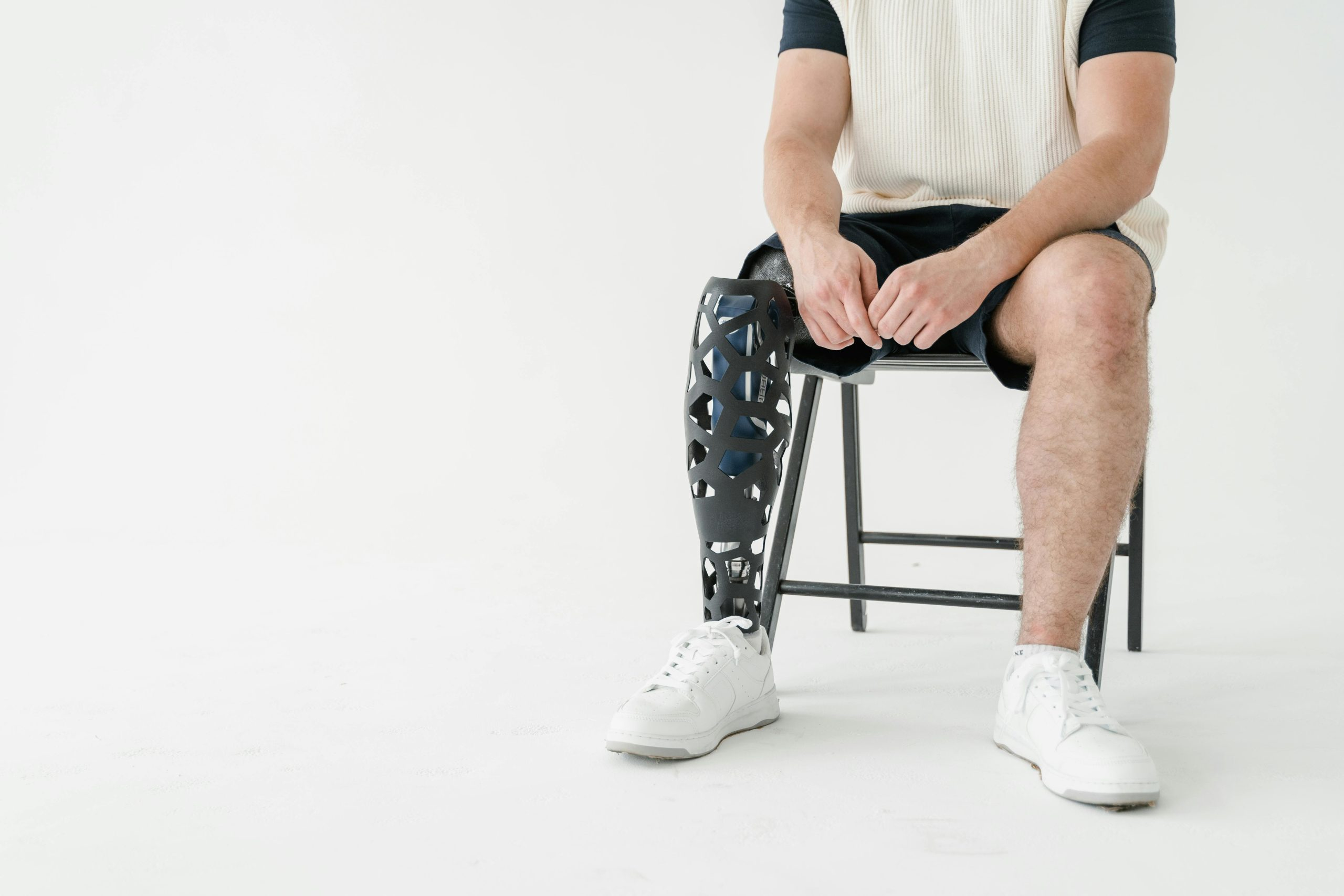Safety First: Innovations Making Modern Vehicles Crash-Proof
When it comes to driving, safety should always be a top priority. With the number of vehicles on the road increasing every day, it’s important for car manufacturers to constantly innovate and develop new technologies that prioritize the safety of drivers, passengers, and pedestrians. The good news is that with the advancement of modern technology, we are now seeing more and more innovations that are making vehicles crash-proof. In this article, we’ll be taking a closer look at the different safety innovations that are shaping the future of modern vehicles.
The Rise of Autonomous Vehicles
One of the biggest developments in vehicle safety is the rise of autonomous or self-driving vehicles. With the use of advanced sensors, cameras, and artificial intelligence, these vehicles are able to navigate the roads without the need for human input. This reduces the chances of human error, which is said to be the leading cause of road accidents.
Autonomous vehicles are equipped with a wide range of safety features such as automatic emergency braking, lane departure warning, and blind spot detection. These features help to prevent collisions by alerting the driver and taking control of the vehicle when necessary. As the technology continues to evolve, we can expect to see even more safety features being added to autonomous vehicles.
Advanced Driver Assistance Systems (ADAS)
In addition to autonomous vehicles, there has also been a significant increase in the adoption of Advanced Driver Assistance Systems (ADAS) in modern vehicles. ADAS uses various sensors, cameras, and radar to constantly monitor the surroundings of the vehicle and assist the driver in making safe decisions.
Some of the most notable ADAS features include adaptive cruise control, which maintains a safe distance between vehicles, and automatic high beam control, which ensures that the driver has maximum visibility at all times. These features work together to make driving safer and reduce the risk of accidents.
Vehicle-to-Vehicle Communication (V2V)
Another innovation that is making modern vehicles safer is vehicle-to-vehicle communication (V2V). This is a wireless communication system that allows vehicles to exchange information with each other, such as speed, direction, and location. With this technology, vehicles are able to communicate with each other and warn drivers of potential collisions.
V2V technology also enables vehicles to sense and interact with other vehicles that may not be visible to the driver, such as around blind corners or in heavy fog. By providing drivers with this valuable information, V2V technology helps to prevent accidents and make roads safer for everyone.
Night Vision and Thermal Imaging
Driving at night can be challenging, especially when it comes to seeing pedestrians or animals on the road. That’s where night vision and thermal imaging come in. These technologies use infrared sensors to detect heat signatures and enhance the driver’s view of the road, making it easier to spot potential hazards.
Thermal imaging is especially useful when it comes to detecting objects in low-visibility conditions, such as heavy rain or fog. With these technologies, drivers are able to react quickly and avoid potential accidents, making driving safer for everyone on the road.
Conclusion
As technology continues to advance, we can expect to see even more innovations that will make modern vehicles crash-proof. From autonomous vehicles to advanced safety features and communication systems, these technologies are constantly working together to make the roads safer for drivers, passengers, and pedestrians. It’s clear that the focus on safety is a top priority for car manufacturers, and with the continuous development of these innovations, we can look forward to a future where road accidents are a thing of the past.










